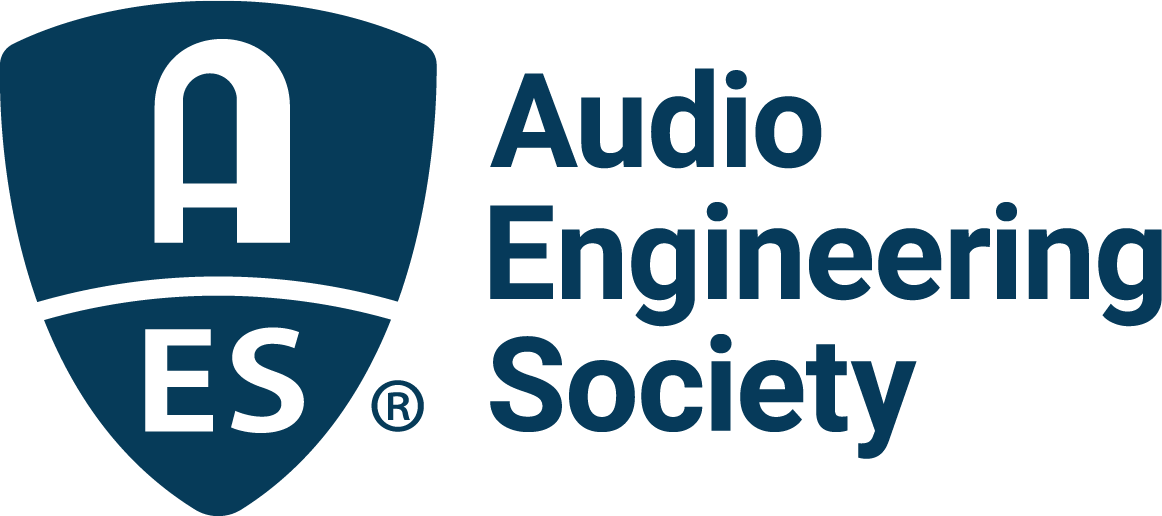Sound reinforcement has been a key topic throughout the AES’s history — one of the first papers published in the journal was on Sound Reinforcing Systems — discussing many still common problems with sound system design. While fundamental knowledge of the field has been mature for quite some time, there continue to be exciting boundary-pushing applications and difficult challenges regularly arising within the subject area.
One current challenge is noise pollution from large outdoor events. This was discussed in detail at the recent AES Conference on Sound Reinforcement — Open Air Venues. It was surprising to learn how noise regulations, measurement procedures and control techniques vary widely from country to country. This led to the formation of a study group within the AES Technical Committee on Acoustics and Sound Reinforcement, where we’ve brought together leaders in the industry to develop a set of recommendations outlining what needs to be done to address the issue, with an emphasis on practicality and preservation of a good audience experience.
While many engineers are focusing on noise pollution, others are working on enhancing the audience experience. Recent developments have resulted in what some describe as source-orientated sound reinforcement systems. These systems use object-based mixing along with wide-dispersion loudspeakers to achieve a largely position-independent listening experience, allowing all members of an audience to enjoy realistic spatial audio, instead of following the multiple-mono approach that has been standard for many years. You can find listed below some key papers, presentations, standards and other resources on sound reinforcement. This is just the tip of the iceberg, though, since there are countless items that could (and probably should) have made the list!

